European trip with EV rentals
Recently, I wrapped up a three-week journey across Europe, during which electric vehicles (EVs) were my primary mode of transport for two out of the three weeks.
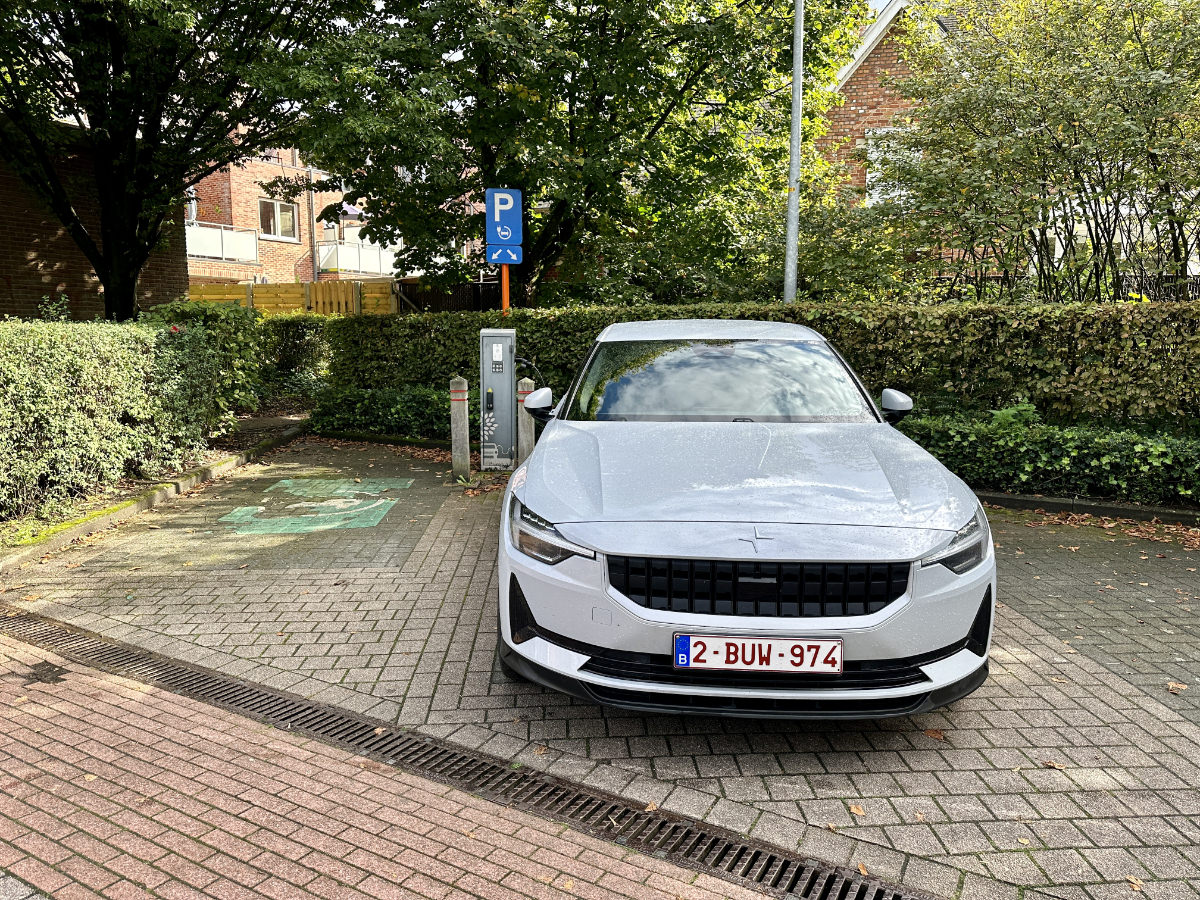 During the initial week, I opted for a Polestar 2 rental via Europcar. They graciously included a ShellRecharge card, designed for hassle-free EV charging. It was a disappointment, however, to discover that credit card payments via this card were exclusive to the UK. For other parts of Europe, including Belgium, they catered only to bank debits. Luckily, the many DC rapid charging networks across Europe do accommodate tap-to-pay credit card transactions. Still ShellRecharge might want to expand its CC horizons.
During the initial week, I opted for a Polestar 2 rental via Europcar. They graciously included a ShellRecharge card, designed for hassle-free EV charging. It was a disappointment, however, to discover that credit card payments via this card were exclusive to the UK. For other parts of Europe, including Belgium, they catered only to bank debits. Luckily, the many DC rapid charging networks across Europe do accommodate tap-to-pay credit card transactions. Still ShellRecharge might want to expand its CC horizons.
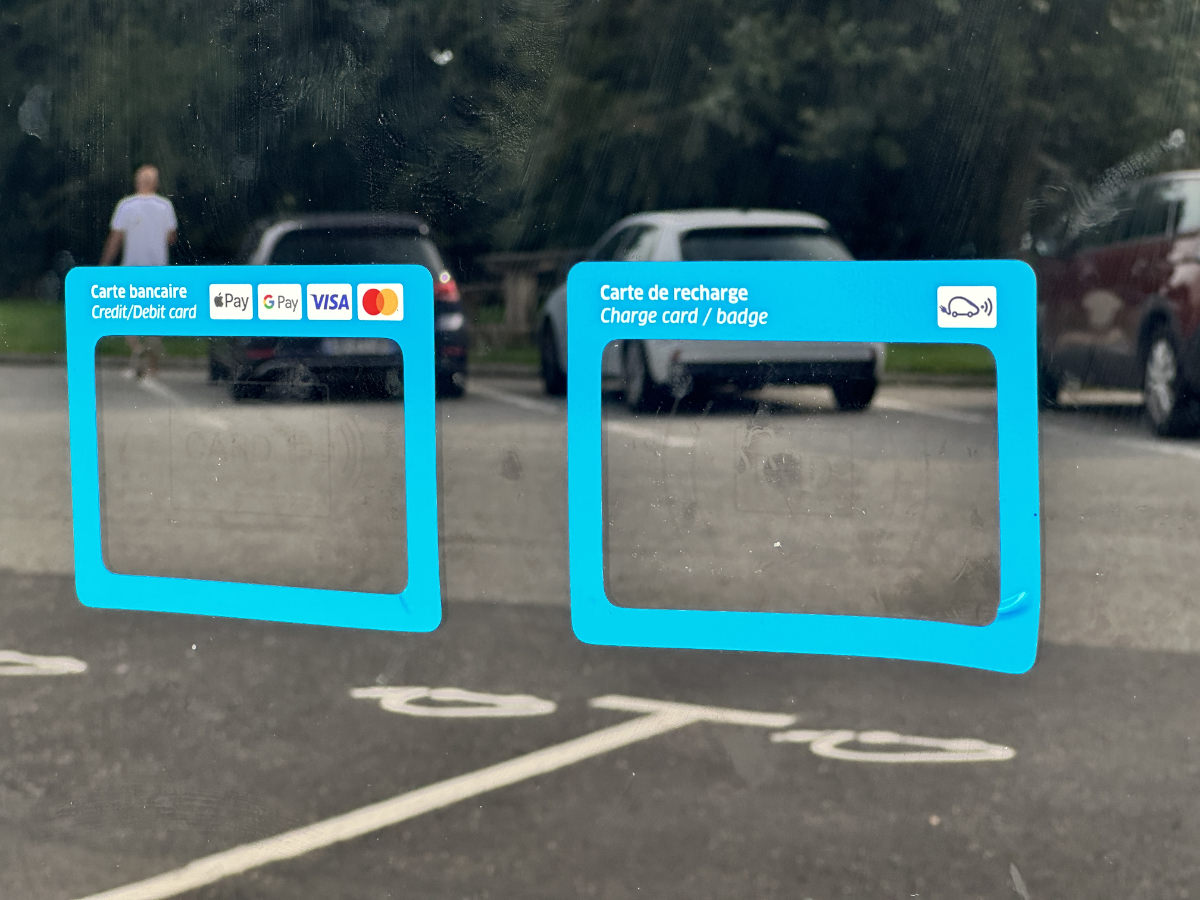 The majority of my charging in that first week took place in a quaint Flemish town, conveniently close to my family’s residence. I utilized a Smoov-Allego AC charger, which was credit card-friendly through its app. A snag I hit was that the app wasn’t accessible from the Australian iOS AppStore, but thankfully, I had a backup Belgian AppStore account.
The majority of my charging in that first week took place in a quaint Flemish town, conveniently close to my family’s residence. I utilized a Smoov-Allego AC charger, which was credit card-friendly through its app. A snag I hit was that the app wasn’t accessible from the Australian iOS AppStore, but thankfully, I had a backup Belgian AppStore account.
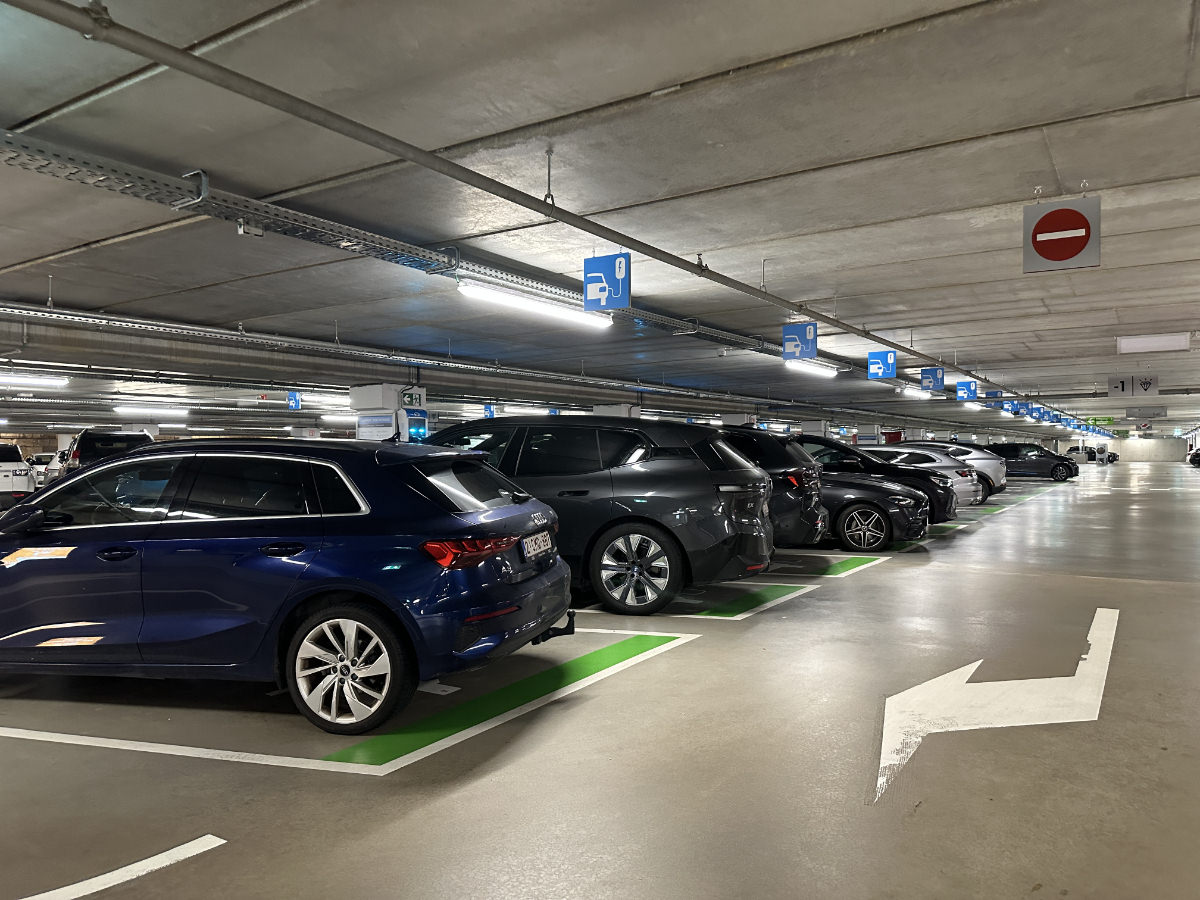 It’s noteworthy to mention the impressive spread of AC and DC fast chargers in Belgium. They’re omnipresent – from small towns to motorways. Although operated by different entities, these networks harmoniously interconnect. Having an account with one often means accessibility to all, although “roaming” fees do apply. I invested in a Plugsurfing tag for €10, which boasted access to the expansive European charging network (550K charging points). But like several apps, the Plugsurfing application remains elusive on the Australian AppStore. As a tourist, this limitation perplexes me, as it necessitates having a European address to set up an account.
It’s noteworthy to mention the impressive spread of AC and DC fast chargers in Belgium. They’re omnipresent – from small towns to motorways. Although operated by different entities, these networks harmoniously interconnect. Having an account with one often means accessibility to all, although “roaming” fees do apply. I invested in a Plugsurfing tag for €10, which boasted access to the expansive European charging network (550K charging points). But like several apps, the Plugsurfing application remains elusive on the Australian AppStore. As a tourist, this limitation perplexes me, as it necessitates having a European address to set up an account.
On the subject of the base Polestar’s range performance, it catered perfectly to my shorter rides. Its embedded Google Auto software and the compatibility with Apple CarPlay made for a smooth experience.
Transitioning to week two in Crete, I changed gears and went for an internal combustion engine car (well, there was no EV option). I had set my sights on a Volvo XC60 via Avis but was handed the keys to a Mercedes GLB 200 instead. While both are luxury brands, the latter didn’t seem to match up to the Volvo’s class. Crete’s winding and often narrow pathways presented a driving challenge, compounded by the unique driving habits of locals, including some audacious overtaking maneuvers.
The Mercedes, though sturdy, was marred by its temperamental Apple CarPlay integration. It often left me directionless due to inconsistent connectivity.
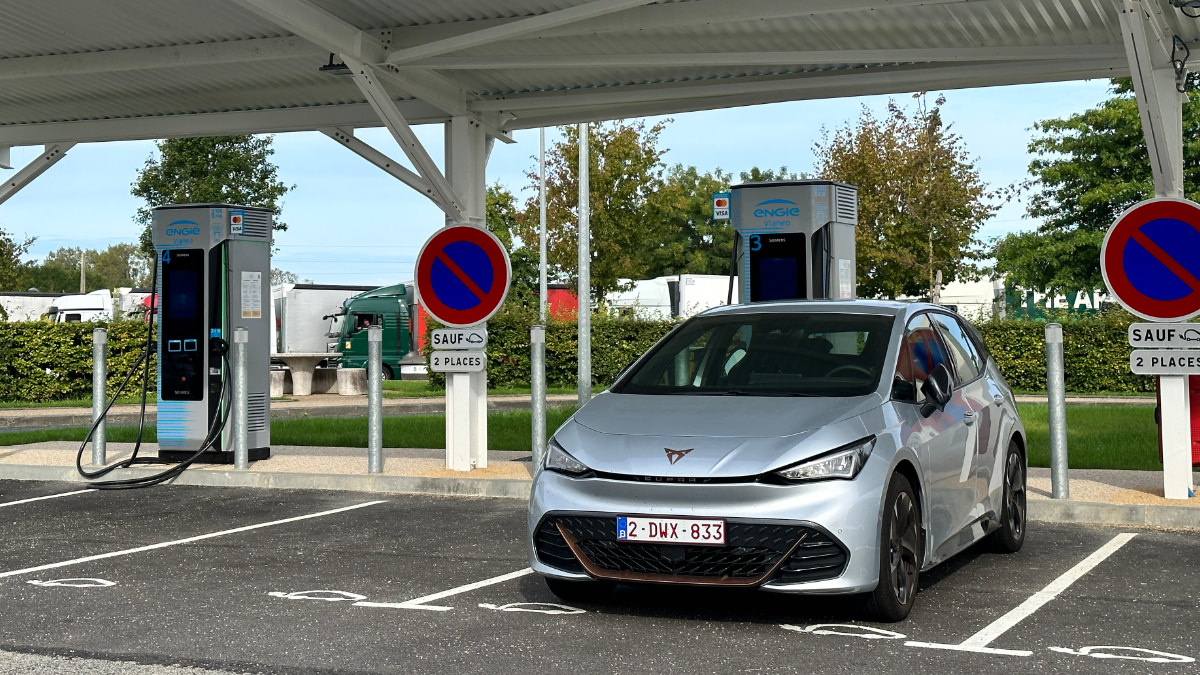 Upon returning to Belgium for the third week, a surprise awaited: instead of the expected Polestar 2, I found myself behind the wheel of a Cupra Born. This switch was bittersweet. I wouldn’t have picked the Born myself, but it proved more exhilarating to drive than the base Polestar 2, though its software interface lacked intuitive flair. Armed with my Plugsurfing RFID tag, I effortlessly hopped between various charging networks in France.
Upon returning to Belgium for the third week, a surprise awaited: instead of the expected Polestar 2, I found myself behind the wheel of a Cupra Born. This switch was bittersweet. I wouldn’t have picked the Born myself, but it proved more exhilarating to drive than the base Polestar 2, though its software interface lacked intuitive flair. Armed with my Plugsurfing RFID tag, I effortlessly hopped between various charging networks in France.
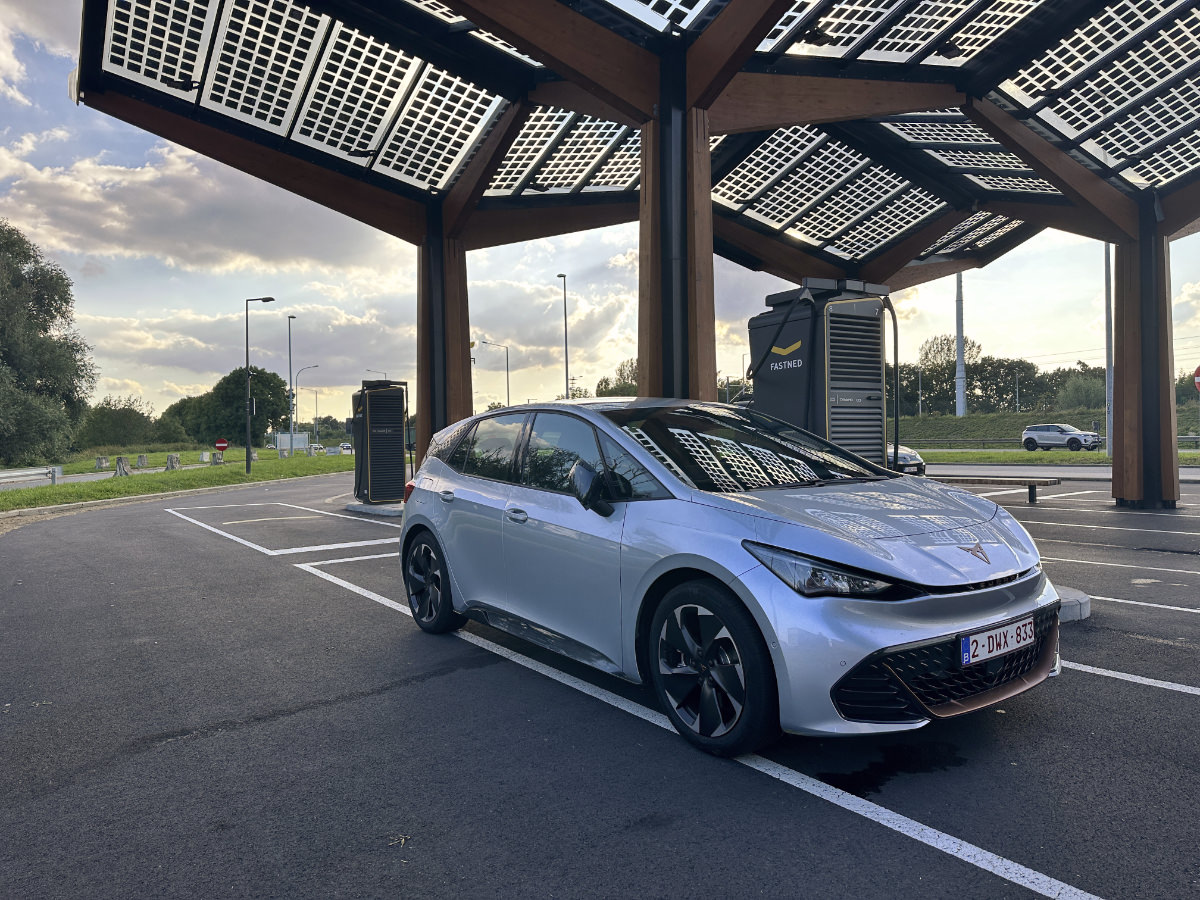 A notable lowpoint was Deauville, where I had my first charging problem. Some of their DC charging points where offline. One was showing a communication error (which I assume applied to the others too).
A notable lowpoint was Deauville, where I had my first charging problem. Some of their DC charging points where offline. One was showing a communication error (which I assume applied to the others too).
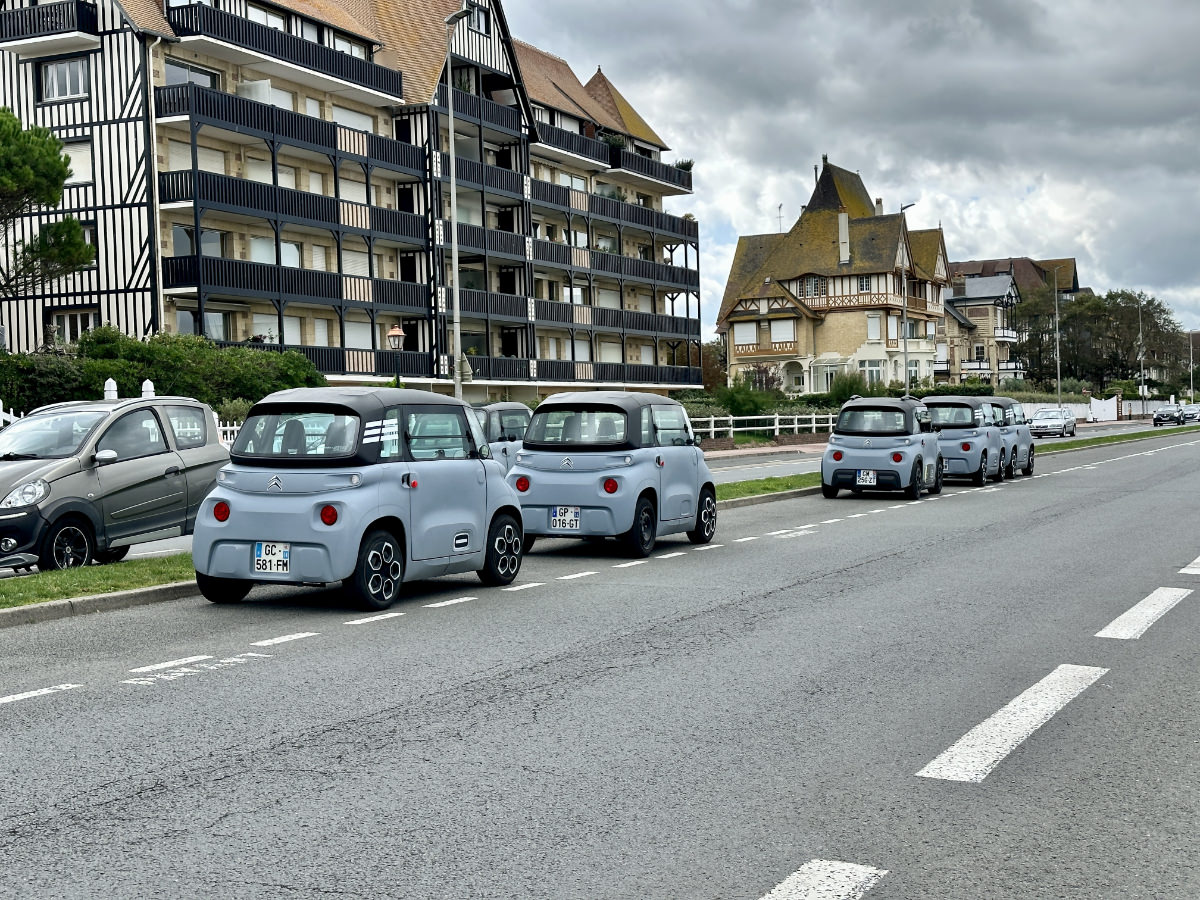 Deauville was also home to a unique Citroen Ami rental service at €29/day, with a collection of Amis parked on the street.
Deauville was also home to a unique Citroen Ami rental service at €29/day, with a collection of Amis parked on the street.
Throughout my road escapade, my DC fast-charging expenses tallied up to €142 for 226 kWh, translating to an average of €0.65 per kWh. More rural AC charging stations set me back €107 for 231 kWh, coming out to €0.46 per kWh.
In retrospection, while the Cupra Born offered a delightful ride, my heart still leans towards my 2021 Tesla Model 3 SR+ for its unparalleled drive and streamlined software. Yet, when it comes to sheer comfort and craftsmanship, both the Polestar 2 and Cupra Born stand a cut above. It’s just that the Tesla brand starts to have a bad smell about it, and I’m not sure I want to be associated with it anymore.
